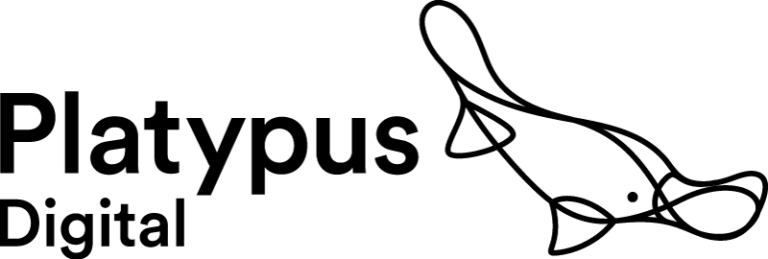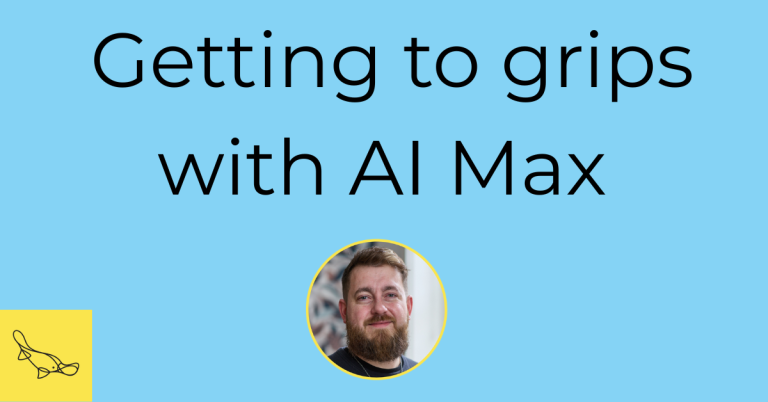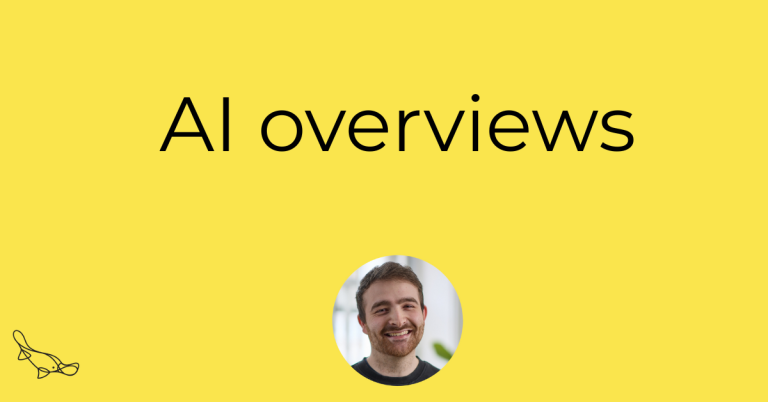Online advertising is a huge part of digital fundraising. Whether it’s Google Ad Grants, Facebook Ads or display advertising, paid ads have a big part to play.
When planning your digital fundraising campaigns, it’s easy to assume that it’s not digital fundraising if you aren’t asking for money. It’s also tempting to jump in to delivering campaigns without thinking about if they’re right for your charity, with your level of awareness in your target audience, with the right ask.
If you take the time to do that planning, it can mean more successful campaigns and ultimately more money raised for your cause.
Charities run three main types of digital fundraising advertising campaigns – raising awareness, lead generation and direct fundraising.
Raising awareness
Do people know your charity?
It’s really hard to get people to give to you when they don’t know who you are or what you do. Awareness raising advertising aims to change that, by getting your name out there without asking people to donate.
Some large charities in Australia, my home country, spend $100,000+ a year on getting their brand messages and stories out to the public. In many cases, the comms teams are even bigger than the fundraising teams. But they work together to fulfil the ultimate goal of fundraising.
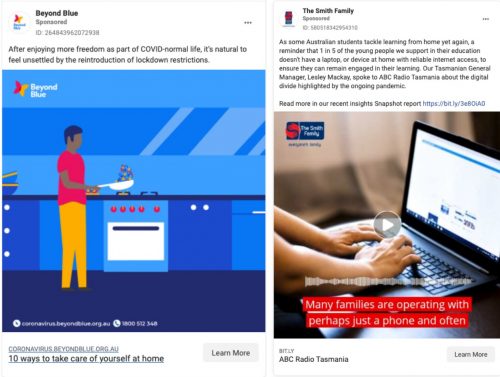
Awareness ads are really important because they help your audience really understand what you do and build trust in your brand. That means you don’t have to do as much work trying to convert them when the time comes to ask.
In this example, Australian mental health charity Beyond Blue promoted their helpful article Ways to look after your mental health amid the coronavirus pandemic. This is useful content for their audiences and makes them aware of the charity if they weren’t before.
You can use channels like Facebook Ads and display ads (a feature of paid Google Ads accounts) to do this. Those platforms have massive reach, so you can really get your name in front of lots of people. Tell them about what you do, the services you run and the people you help.
If you run paid search, informational campaigns on your cause are also a great way of building awareness.
Lead generation
Middle of funnel or lead generation ads get engagement from people who might be interested in your work, but haven’t donated yet. This usually works by offering something of value (the value bit) to the person in exchange for their email address or phone number (the exchange bit).
Some of the charities I’ve spoken to say that lead generation ads actually generate a higher ROI in the long term than direct fundraising asks.
One of my favourite examples is Campaign For Australian Aid’s Fairness Test. It starts with innocent questions about whether Taylor Swift removing her songs from Spotify to campaign for more royalties for artists is fair. Then it moves on to question Australia’s role in funding work to alleviate poverty.
Fairness is a value that’s really core to the Australian national identity. It’s the land of the “fair go”, after all, so this campaign really tapped into what it means to be Australian – and then connects that with why we should be more generous with our foreign aid.
At the end of it, you get assigned a little fairness persona based on your responses.
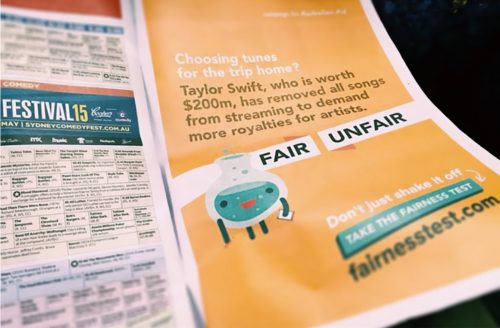
We at Platypus Digital have also worked on lots of value exchange led lead generation advertising campaigns.
Why are lead gen ads so successful?
They get people to personally identify with your charity
You might have done a quiz that identified you as a very cute platypus (our favourite of course). Along the way, you might learn that the platypus could be endangered.
Guess what? Now you’re a platypus, and you care more deeply about bushfires and water pollution.
They can have a bigger audience than direct fundraising ads
Most charities invest heavily in direct fundraising asks online. It’s a crowded marketplace (because the pool of people likely to give is smaller, and lots of charities compete for them). Lead gen ads are higher in the funnel – they’re people who care enough to complete a low level action, meaning your audience is bigger.
They spread quickly.
In this great Which Aussie Animal example, loads of people not only did the quiz but also shared their results in the comments.
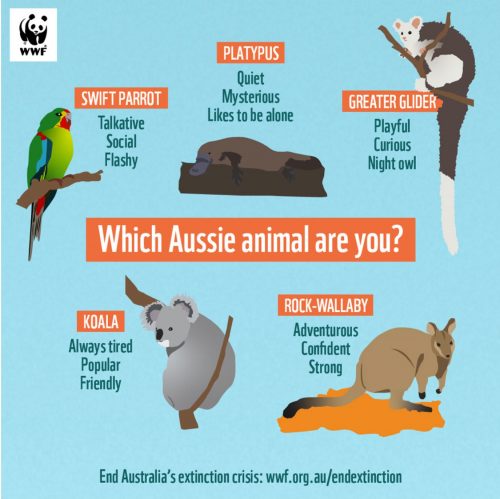
When people actively engage with these posts, up to 30% of their friends list can also see it. That means the campaign can spread fast.
They get audience data early
Lead generation ads usually seek phone numbers, email addresses or social media activity.
From there, you can use these new communication channels to tell them the story of your organisation and really build strong relationships.
People donate more money
All of this leads people to care more. There’s a personal association, they understand your charity deeply, and they care about the issues you’re working on. This means that they’re more likely to give – and less likely to leave.
Follow up asks can cost very little
Making fundraising asks to these groups via email can be very low cost as well as highly effective.
Direct fundraising
These bottom of funnel ads are just straight up asking for cash gifts, regular gifts or an event sign up.
This is the most common type of digital fundraising advertising, since it looks to get income quicker. But these ‘bottom of the funnel’ ads, where you make a direct fundraising ask, are often very competitive, with lots of charities going after the same audiences with very similar calls to action.
We helped Islamic Relief UK run a successful direct fundraising campaign for Qurbani, the second biggest event in the Muslim calendar after Ramadan.

When planning your direct fundraising ads campaigns, try to:
- Think about what your audience already knows, or needs to know about you
- Think about what your audience cares about at a fundamental level
- Plan awareness raising campaigns to increase the size of your warm audiences
- Plot campaigns into an annual calendar
- Work with other teams to align your campaigns
- Get great assets, like good quality photos and ad copy
Next steps
Now that you know about awareness raising, lead generation and direct fundraising campaigns, start planning the most appropriate types for your charity to run next.
